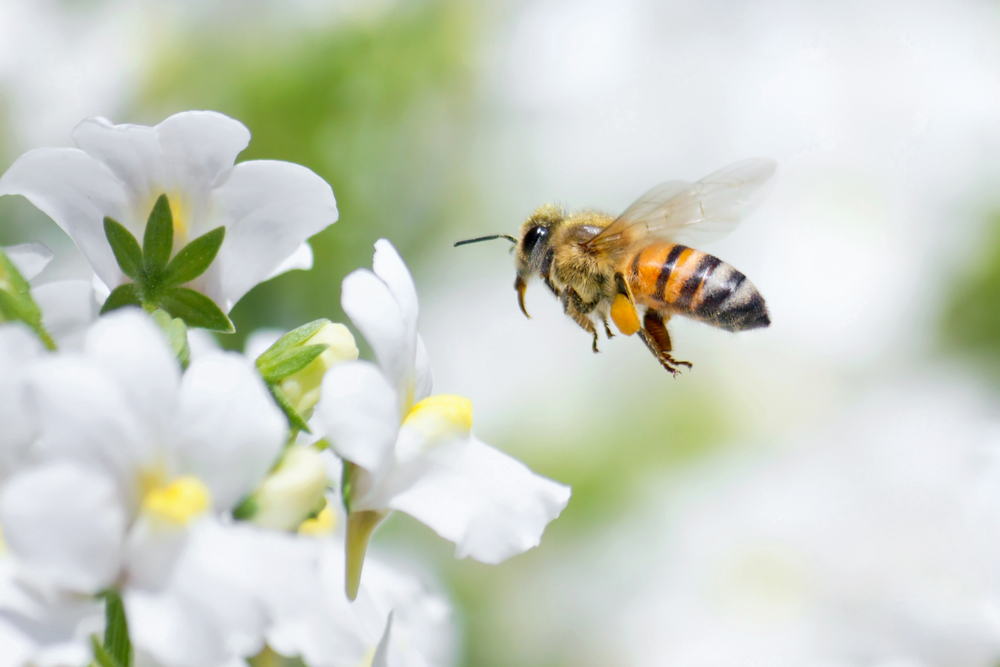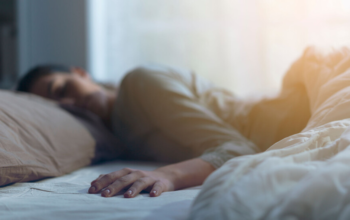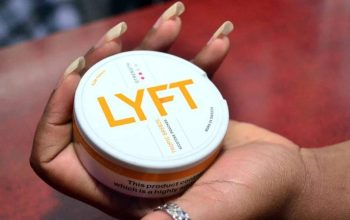When spring arrives and flowers start to bloom, many people can’t help noticing the onslaught of seasonal allergies. The sneezing, itchy eyes, and runny noses make it difficult to enjoy the beauty of nature. But did you know that local honey may be a sweet solution to allergy woes?
What is Local Honey?
Local honey is honey produced by bees in the local area, typically within a radius of about 50 miles. This means the bees have been busy collecting pollen from the same plants and flowers that could be causing allergies. The idea is that consuming local honey can help the body become more familiar with these allergens and hence reduce the severity of symptoms.
The Science Behind Honey and Allergies
The concept of using local honey to combat seasonal allergies is based on a principle known as immunotherapy. When you consume honey, you’re also ingesting trace amounts of pollen from the flowers that bees visited. Over time, these small doses of pollen may help the immune system become desensitized to the allergens, reducing the body’s allergic response.
It’s important to note, however, that scientific research on this topic has produced mixed results. Some studies suggest that consuming local honey can indeed help with allergy symptoms while others show no significant difference. Despite the lack of definitive answers, many swear by the power of local honey and have experienced real relief. So it might be worth a try if you’re suffering from seasonal allergies.
Supporting Bee Conservation
One added benefit of choosing local honey is that you’ll also be supporting bee conservation efforts in your area. Bees play a critical role in pollinating plants, which is essential for our ecosystem and food supply. Nevertheless, bee populations are in decline all over the world because of issues such as habitat loss, pesticide use, and disease.
According to the folk at Project Honey Bees, who support bee conservation by selling products like bee stud earrings, purchasing local honey means supporting local beekeepers who work hard to protect and preserve these essential pollinators. So not only might you find allergy relief, but you’ll also be contributing to a crucial environmental cause.
How to Incorporate Local Honey into Your Routine
If you’re keen to give local honey a try for your seasonal allergies, here are some tips on how to incorporate it into your daily routine:
- Start Early: Begin taking local honey a few weeks before allergy season starts to help your body adjust to the allergens. Continue consuming it throughout the season for best results.
- Choose Raw and Unfiltered: When shopping for local honey, look for raw and unfiltered options. These types of honey have more pollen, which is what you want for potential allergy relief.
- Dosage: There’s no specific dosage for consuming local honey to alleviate allergy symptoms, but a general rule of thumb is to take one tablespoon daily.
- Consult Your Doctor: If you’re considering using local honey to combat allergies, it’s always a good idea to consult with your healthcare professional, especially if already taking allergy medications.
- Be Patient: It may take some time to see results, so be patient and give it a few weeks before deciding if local honey is working for you.
Conclusion
While the scientific community may not have reached a consensus on the efficacy of local honey for seasonal allergies, many people have found relief by incorporating it into their daily routine. As a bonus, you’ll be supporting bee conservation and local beekeepers by choosing local honey over mass-produced alternatives. At the very least, it’s a delicious and natural way to sweeten your day, so why not try it?





